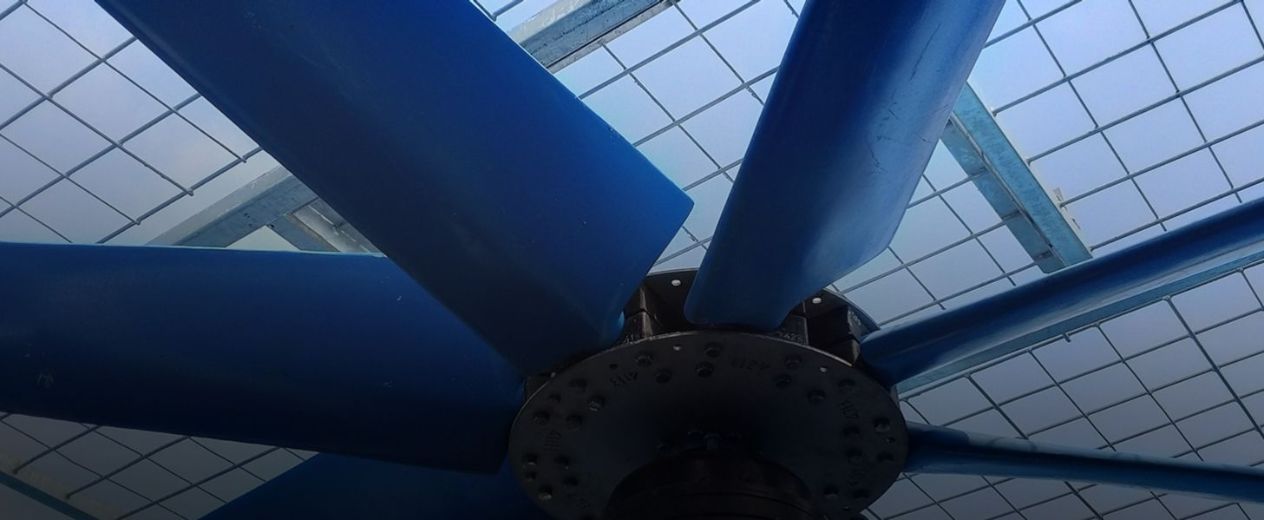FanZ - Axial Fan Design Software

FanZ - Axial Fan Design Software
FanZ designs efficient high aspect ratio blades for axial fans. For the required head & flow conditions, FanZ calculates the span-wise variation of chord length & twist of the most optimal sectional profile. The software also predicts the off-design-performance and structural robustness of the blade. The output is in the form of ready to manufacture DXF format drawing files. More than a dozen customers use FanZ for the design of their cooling tower fans.
Software Features
- The aerodynamic design of fans; output as external 3D CAD
- Performance estimation like efficiency, torque, thrust and noise level
- Off design performance curves
- Structural design with GD2 value and weight
- Blade trimming and editing options
Use Cases
- Design of cooling tower fan blades
- Performance estimation of existing fan blades for a given airfoil
- The same blade used in a different tower
- Mould design for fan
- Bending and buckling loads for structure design
Cooling Tower
Mining Ventilation
Off-Design Performance
Structural Robustness
Ready to Manufacture Drawings
Minimum Processing Time
Axial fans are normally used in low-pressure head and high volume flow rate applications. They are used to supply fresh air or to exhaust air out, especially for heat exchange. Common applications for axial fans are the cooling tower, air-cooled condensers and wind tunnels. The key performance parameters are discharge, pressure, input power and efficiency. The performance is impacted by tip clearance, inlet conditions, system resistance, density, vibrations, number of blades, blade shape and seal disc. The performance testing usually conducted as per ISO 5801, DIN 24163 and AMCA 210.07.
FanZ estimates the performance of axial fan using Blade Element Momentum Theory. This involves breaking the blade down into several small parts along the axis and then determining the forces on each of these small blade elements. The theory uses 2D aerodynamic coefficient tables and several assumptions like steady, inviscid, incompressible flow. In this method, one equation each for thrust and torque on the blade element is solved and integrated along the span. The method supports fan with the hub to tip ratio of less than 0.35. Most axial fans are manufactured nowadays with a composite monocoque construction.